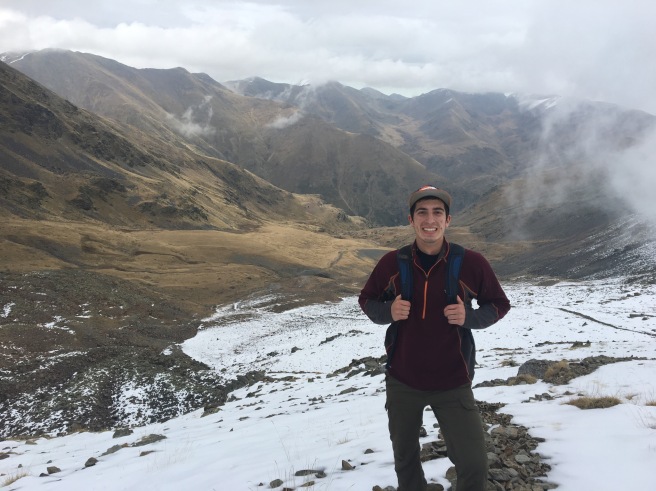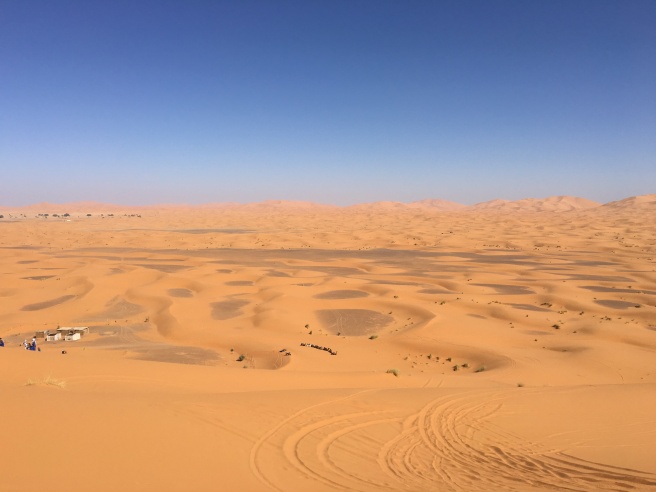
Two weekends ago, I made split second decision to visit the Pyrenees with a friend. As an avid hiker, I was going through hiking withdrawals and was missing the crisp mountain air. The Pyrenees aren’t a range with peaks that soar nearly as high as the Rockies, so I decided that trying to summit the 7th highest peak in the range, Puigmal, would be an easy, straight forward hike. There were not many trail reports on the Internet about how to approach Puigmal, but this mountain intrigued me. Not only was it only a 2.5-hour train ride from Barcelona, it was right on the border of Spain and France. Apparently at the top, looking to the north was France, and to the south, Spain. But my friend Evan and I never made it to the summit.
At 6:30am earlier that day, I was up and ready to catch the train. I normally don’t wake up until 9am at the earliest here in Barcelona, so it made for a rough morning. Normally for big hikes in CO, I would be on the mountain by 6:30am. Two different trains got us to Vall de Nuria where we would pick up the trailhead to Puigmal. Vall de Nuria is a tiny, secluded ski resort at about 1900 meters (6500ft). Only accessible by train, this ski resort consisted of one large resort building and 5 chair lifts, but was surprisingly crowded for an offseason, late October weekend.
Just seeing the Pyrenees by train was incredible. They are very green and luscious mountains, yet steep and rocky in other parts. The weather that day was cloudy and misty, adding to the fantasy/majestical sense. The Vall de Nuria area we were hiking in was carved out by a glacier some thousands of years ago, thus there were hardly any trees on our hike. The scenery was more like wild grass and rocks, and if everything were covered in snow, would definitely have had that European skiing feeling. Route finding for Puigmal was pretty simple, it was just interesting how we followed a route in the dead grass for the majority of the hike. I’m so accustomed to stating a hike in the woods and popping out above the tree line at a certain point. Here, there was no tree line. The hike itself was steep and not too long- about 4,200 ft of total vertical for the whole day including up and back. Yet at about 750 feet from the top, we ran into some French, claiming they had turned around because there was too much snow at a certain point, and that crampons (metal boot spike attachments) were needed. My friend and I didn’t bring any real hiking gear with us to Barcelona, and were wearing nike sneakers, but decided to try our luck for as long as possible before the snow became too much of a hazard. It was at about 750 feet from the top that we decided to head back, as the trail was getting extremely steep and slick. Plus, clouds were moving in and some snow was falling.
While failing to summit any mountain is disappointing, I surely got my fill of mountain air and hiking. I should now be able to make it to January without going through more withdrawals!




